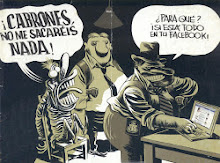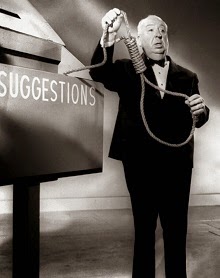Michael Koryta
"By allowing Laura Hunt to exist in such full-blooded life, a multi-dimensional woman whom you’re allowed to question, admire, scrutinize, and love at different points along the way, Caspary finds the heart of her engrossing plot"
I shall not attempt to report the unimaginative proceedings which went to hideous lengths to prove a fact that everyone had known from the start – that Laura Hunt was dead; the cause, murder by the hand of an unknown assailant.
That’s Vera Caspary writing of a coroner’s examination in Laura, a crime classic told in one of the more fascinating — and chilling — examples of first-person narration you’ll ever encounter.
My understanding is that the film, starring Gene Tierney and Dana Andrews, is better remembered than the novel, but I’ve only read the novel, never seen the film, and so that’s all I can speak to when I call it a classic. I don’t use the word lightly. Vera Caspary pulls off literary sleight-of-hand from the first page to the last, layering a compelling and mind-bending plot with a depth of time and place that she seems to be very much aware of in the writing. Laura’s vying suitors — they are many, and once you meet Laura Hunt, you’ll understand why — represent those different times and places, and Laura herself is the collision point. Of the many remarkable elements of the novel it’s the narration that I think is the most impressive feat, as Caspary tells the story in rotating fashion by first-person narrators. It wasn’t a groundbreaking approach — Wilkie Collins had already dazzled with it in The Moonstone some 50 years earlier, but it’s a damned hard trick to pull off in a way that satisfies the reader, and Caspary certainly does that.
I’m doing absolutely nothing to spoil the novel when I reveal that, while it opens with the investigation into Laura’s murder — and suggests more than subtly who the perpetrator is — Laura is very much alive. (And if I can say that without spoiling the novel, it gives you an idea of how slick this plot is.) That Swiss watch of plot, so absorbing, doesn’t prevent the writing alone from standing out, gorgeous, atmospheric, and haunting. Here’s a taste:
Sleep, he had said. Try to get some sleep. Two pills weren’t enough. When I turned out the lights, the darkness whined around me. The old dead tenants came creeping up the stairs, their footsteps cautious on the tired boards. They sighed and whispered behind doors, they rattled the old latches, they plotted conspiracies.
The cultural impact of Caspary’s writing in Laura is perhaps as noteworthy as the literary. In the age of the damsel in distress or the femme fatale, Laura Hunt is neither. She’s unwed but with a complicated sexual history, and yet she’s portrayed as — gasp! — an intelligent, independent, complex woman with significant career success. While many men vie for her, she isn’t the type to settle for the wrong guy for any reason. All of this might seem trite to the point of eye-rolling now, but in 1944, it was bold thinking (and writing). Caspary seems very aware of this, hitting the possible portrait of Laura Hunt in another writer’s hand head-on, when Laura muses:
He will find me like a slut in a pink slip with a pink strap falling over my shoulder, my hair unfastened. Like a doll, like a dame, a woman to be used by a man and thrown aside.
He will find her, in other words, like the female characters in so many crime novels of the day. (Of the day? I should probably correct that. But there were certainly fewer Laura Hunts in the literary landscape of 1944 than there are today).
In one exchange, male characters argue over Laura’s lifestyle:
“Laura had no need for a parlor suite. Marriage wasn’t her career. She had her career, she made plenty of money, and there were always men to squire and admire her. Marriage could give her only one sort of completion, and she was keeping herself for that.”“Keeping herself busy,” he added dryly.“Would you have prescribed a nunnery for a woman of her temperament? She had a man’s job and a man’s worries. Knitting wasn’t one of her talents. Who are you to judge her?”
It’s generally an easy task to extract intent from clipped quotes, and most of the time that imagined intent never belonged to the writer. But when it comes to Caspary, she truly seems to have a specific social point to make, and if you’ve somehow let it slide by, she reaches out one last time to grab you by the ear and offer a parting shot:
And when that frail manhood is threatened, when her womanliness demands more than he can give, his malice seeks her destruction. But she is carved from Adam’s rib, indestructible as legend, and no man will ever aim his malice with sufficient accuracy to destroy her.
By allowing Laura Hunt to exist in such full-blooded life, a multi-dimensional woman whom you’re allowed to question, admire, scrutinize, and love at different points along the way, Caspary finds the heart of her engrossing plot. The reader’s emotional arc moves organically with the novel’s, and in an era when so many mysteries were all about plot, Caspary, like Patricia Highsmith, moves a basic whodunit/how-dunnit plot and nuanced psychological suspense in equal proportion, the narrative adding layers upon layers.
I’ve been intrigued to see how often Highsmith’s legacy is referenced in connection with Gillian Flynn’s wonderful novels. Sensible, sure, but let’s consider Caspary in that mix, as well. Thinking only of Laura: we open with an investigation into the murder of a woman; we have rotating first-person narration; and a midpoint reveal that the woman has not been murdered at all, redirecting our entire understanding and deepening our emotional investment. Does this remind you of anything? There are myriad differences in approach and effective storytelling betweenLaura and Gone Girl; both work very well for very different reasons, but I make the comparison because I’ve heard so many references to Highsmith and Flynn, but never Caspary. I also enjoyed hearing so many readers respond to Gone Girl’s midpoint twist as if it were an unprecedented jaw-dropper. Everything old is new again — and, thanks to Sarah Weinman’s tremendous collection, Laura Hunt is new again in her original, compelling, haunting form.


































0 comentaris:
Publica un comentari a l'entrada